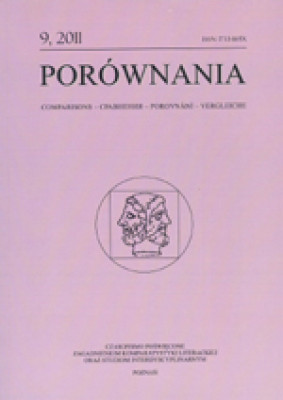Yuri Andrukhovych and Andrzej Stasiuk on identity shaped by history
The paper contains the comparative analysis of historical roots of European identification and national identification of Ukrainians and Poles in Andrzej Stasiuk’s (1960) and Yuri Andrukhovych’s (1960) prose about the Polish-Ukrainian borderland, which has a similar, but simultaneously different, subjective oriented understanding in Polish and Ukrainian collective memory and historical consciousness. Polish and Ukrainian writers examine the complex nature of identity in Central-Eastern Europe, look at the relationship between identity and history, religion, nation and language in Galicia, a melting pot of cultures. Stasiuk and Andrukhovych try to answer the question: What does it mean to be Europeans? What does it mean to be Poles and Ukrainians? Belonging to the same generation, to the same geographical region, Stasiuk and Andrukhovycz have a similar outlook and similar opinion on these questions, but their national identity, linguistic identity, visions of new Europe and their creative methods differ. The comparative approach in studying Dojczland, 2007 by Andrzej Stasiuk, Таємниця (Замість роману), 2008 by Juriy Andrukhovych and written in their joint authorship Moja Europa. Dwa eseje o Europie zwanej Środkową, 2001 has opened regional, national, super-national (European) perspectives on the Central-Eastern European history.
ISSN: 173-165X
| Article Title | Type | Size |
|---|---|---|
| Porownania 9 01 05 | [pdf] | [553 KB] |
